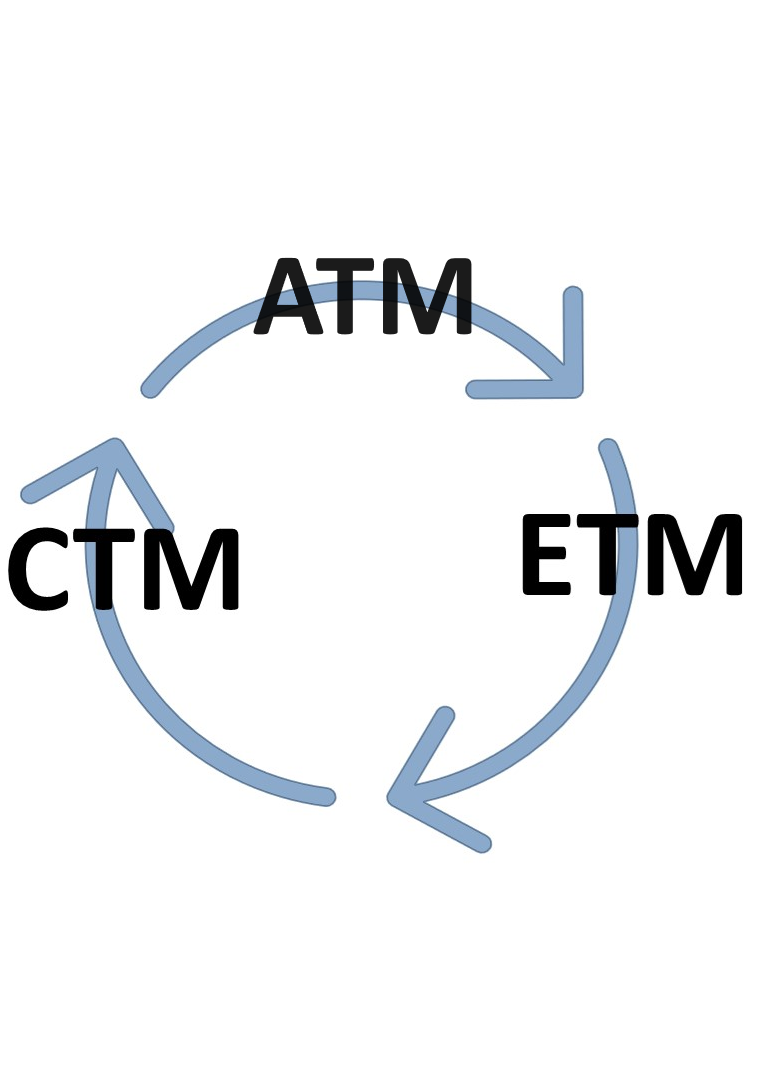Model integration (ATM, CTM and ETM)


The Agri-food-nature Transition Model (ATM) is developed by Kalavasta. The ATM enables users to systemically, integrally and transparently explore the future of the Dutch agriculture, food and nature system. The Carbon Transition Model (CTM) is also developed by Kalavasta. The CTM enables users to explore and discuss ways to increase carbon circularity and reduce emissions within the energy intensive industry. Both the ATM and the CTM have been launched and are available and free to use through online interfaces. The Energy Transition Model (ETM) is managed, maintained and further developed by Quintel Intelligence. The ETM enables users to explore different transition scenarios of the entire energy system. All three models are open access.
Integration of the models was commenced by coupling the CTM with the ETM during phase two of CTM development. Following the integration, the connection between the models allows for the calculation of scope 2 emissions for electricity and hydrogen on a national level on an hourly basis and the calculation of an approximation of what happens to the national electricity grid as the energy intensive industries transition to carbon neutral operations. The ATM remains to be coupled with the ETM and the CTM.
The importance of the individual models as well as an integral picture that can emerge from integrating them is presented in a recent article by Frans Saris. In the article, the author presents system-level changes that will enable a transition to a sustainable use of energy, land, and other resources in the future, based on the ATM, CTM and ETM. This integral picture is drawn from the models, as stated in the abstract of the article:
"In this article I address three main crises of the Anthropocene: energy and climate, biodiversity and food, and peace and security. To obtain overall sustainability, natural scientists and engineers have developed the Energy Transition Model, the Carbon Transition Model, and the Agri-food-nature Transition Model. From these models two facts stand out. The age of fossil fuels and of livestock farming will come to an end. Because a sustainable society also has sociopolitical and legal, socioeconomic and financial, sociocultural and welfare, and socioenvironmental and ecological aspects, the contribution of human scientists to overall sustainability is also crucial."
A transition that allows us to move towards a future where the provision of food, goods, and energy is done within the boundaries of the planet will require a systems-level change that affects all sectors of the society rather than incremental changes to the current system. Integral models that allow the user to evaluate effects of changes on the wider system are facilitative for wisely steering the transition and realising a sustainable society within such boundaries.